How we see a campfire versus how we see the moon varies greatly. Why? Both are sources of light but are visually very different. The answer is color temperature. Color temperature is one of the most determining qualities of how a light source appears to the human eye as well as a camera sensor. What is color temperature and why is it important? In this article, we’ll take a look at what it is as well as the spectrum of color temps. We’ll also take a look at how color temperature applies to white balance and your own lighting schemes and color palettes.
What is color temperature
First, let’s define color temperature
In photography and cinematography, every image needs light, and every light source has a color temperature. A light source's color temp falls somewhere along a spectrum from orange to blue.
Here's a color temperature chart with the essentials: the Kelvin scale, Planck's Law and a color wheel to help you understand color temperature.
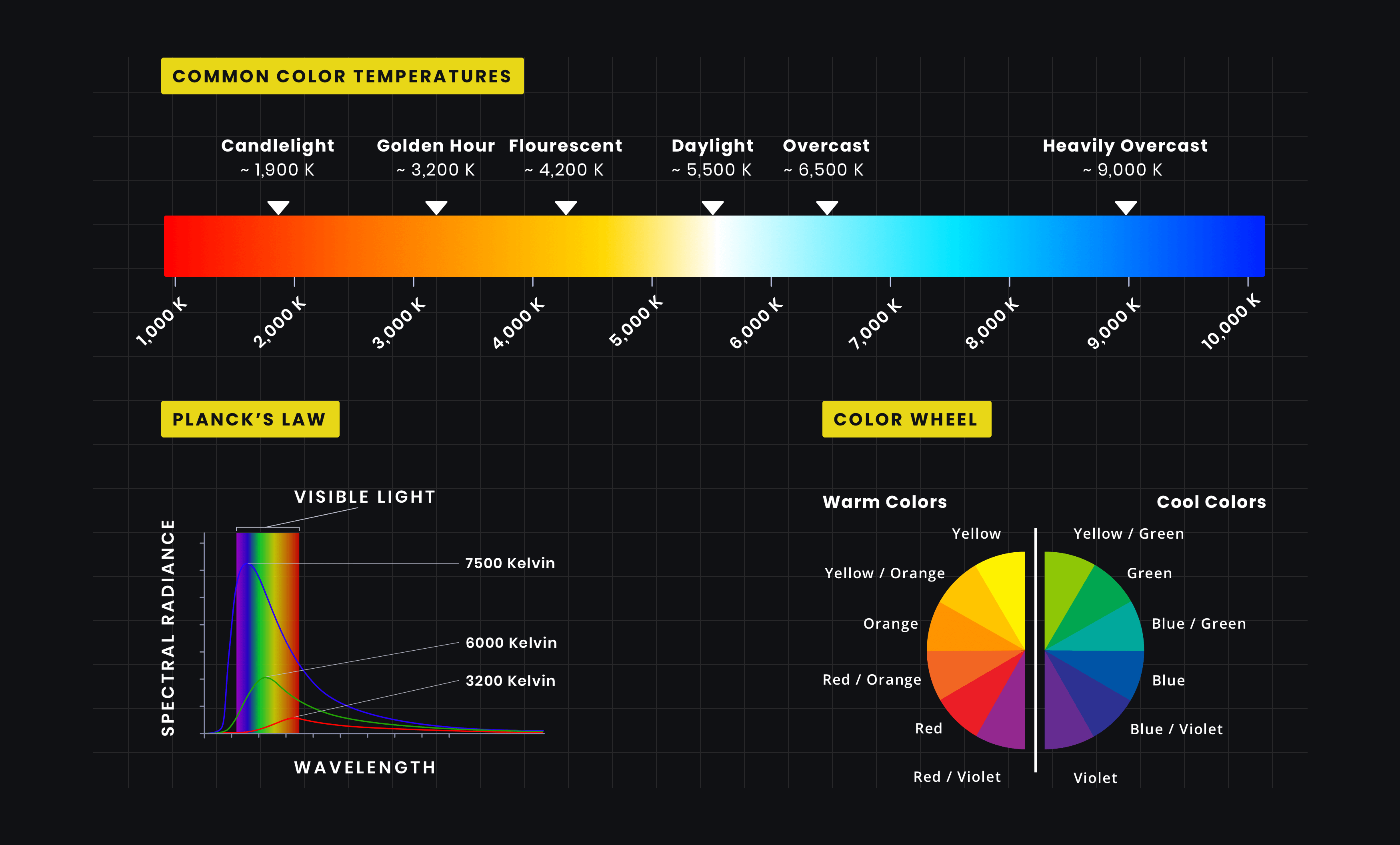
Downloadable Color Temperature Chart • StudioBinder
Before we analyze all the elements of this color temperature chart, we need to know the basics of where these temperatures come from and why they matter in capturing images.
COLOR TEMPERATURE DEFINITION
What is color temperature?
Color temperature is a system that uses numerical values to measure the color characteristics of a light source on a spectrum ranging from warm colors to cool colors. The numerical values are referred to as degrees Kelvin (K). We often associate orange with warm and blue with cold but on the color temperature chart, it's the opposite. Higher values are cooler tones such as blue. Lower values are warmer tones such as yellow. A blue sky, for instance, measures 12000 K. A candle light, however, measures at 1500 K.
Examples of color temperature by light source:
- Sunrise/Sunset: 3200 K
- Natural Daylight: 5500 K
- Blue Sky: 12000 K
Color temperature chart
Kelvin light scale
Understanding color temperature means understanding how various light sources fall on the Kelvin temperature spectrum. The Kelvin is the base unit of thermodynamic temperature. Take a look at this color temperature chart to learn the different Kelvin values the most common types of light sources have.
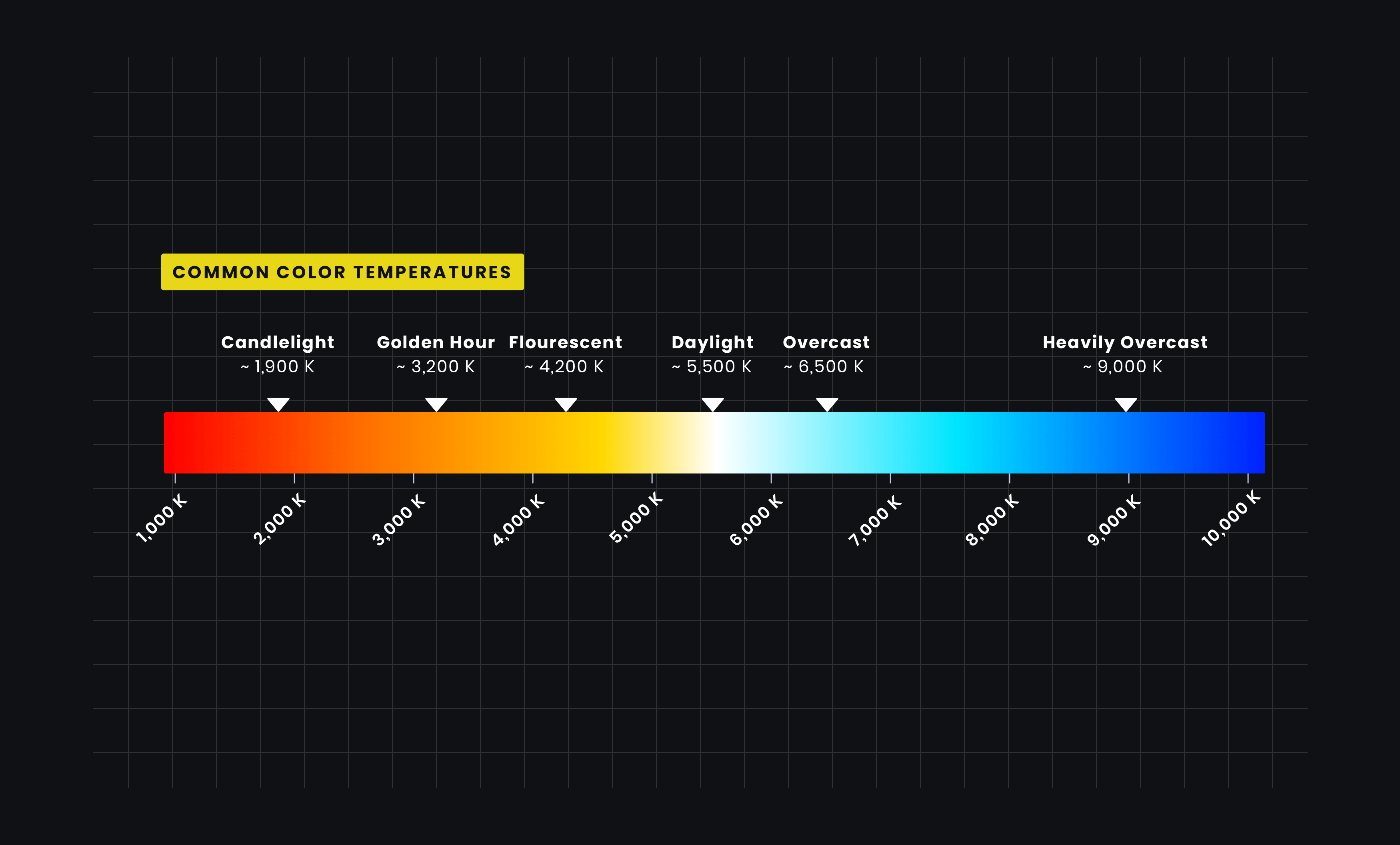
Color temperature chart • Kelvin light scale
In this color temperature chart, you might find it a bit confusing that higher Kelvin values are cooler color tones. An easy trick to remember and understand this is that blue flames are technically hotter than yellow flames, meaning they have a higher temperature. Thus, higher Kelvin color temperatures are cooler (bluer) colors.
This concept of measuring color temperature goes back to physicist Max Planck who was able to create a mathematical formula called Planck's Law. As you can see in the image below, the visible spectrum of light is represented with each color's general Kelvin temperature.
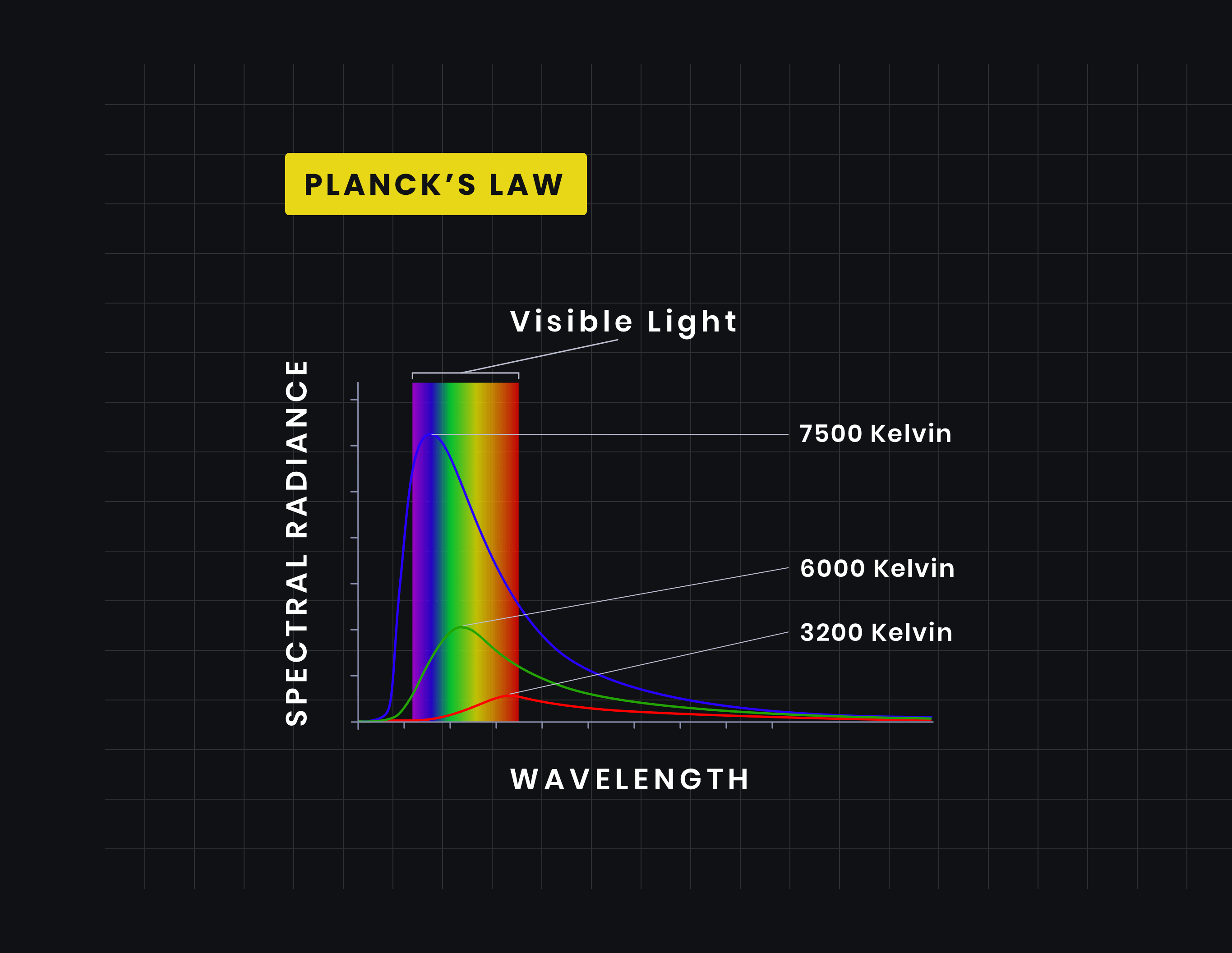
Color temperature chart • Kelvin light scale
So, now that we can answer, "What is color temperature," it's time to understand the process of working with it. Knowing the temperature of a particular light source is just the beginning. We also need to understand the other side of the coin: white balance.
Related Posts
Color temp scale and white balance
White balance vs color temperature
Now that you understand what color temperature is, you might be wondering “How does this apply to cinematography or photography?” This is where white balance comes into play.
White balance is a setting in digital cameras that determines which Kelvin temperature will appear true white. This is important for capturing colors and light sources as they truly are or how you desire.
For example, if you are shooting an exterior scene in natural daylight, the color temperature would be 5500 K. You would then set your white balance in your camera to 5500 K to match your light source. This is especially important for accurately capturing skin tones.
With your white balance adjusted according to your light source, the true greenery of a landscape will appear the same green in the image you capture.
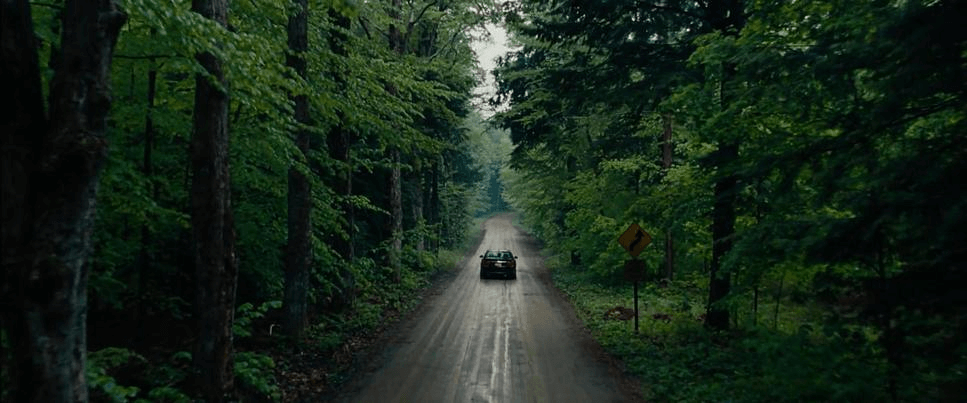
What is color temperature • Green is green
Once you set your white balance, any light source that is higher in Kelvins will appear cooler. Any light source lower than your white balance in Kelvins will appear warmer. This gives you the ability to use color temperature to affect the overall mood of your shot.
In general, there are two sets of colors: warm and cool. And, as shown in this image, the color wheel can be split down the middle to separate them.
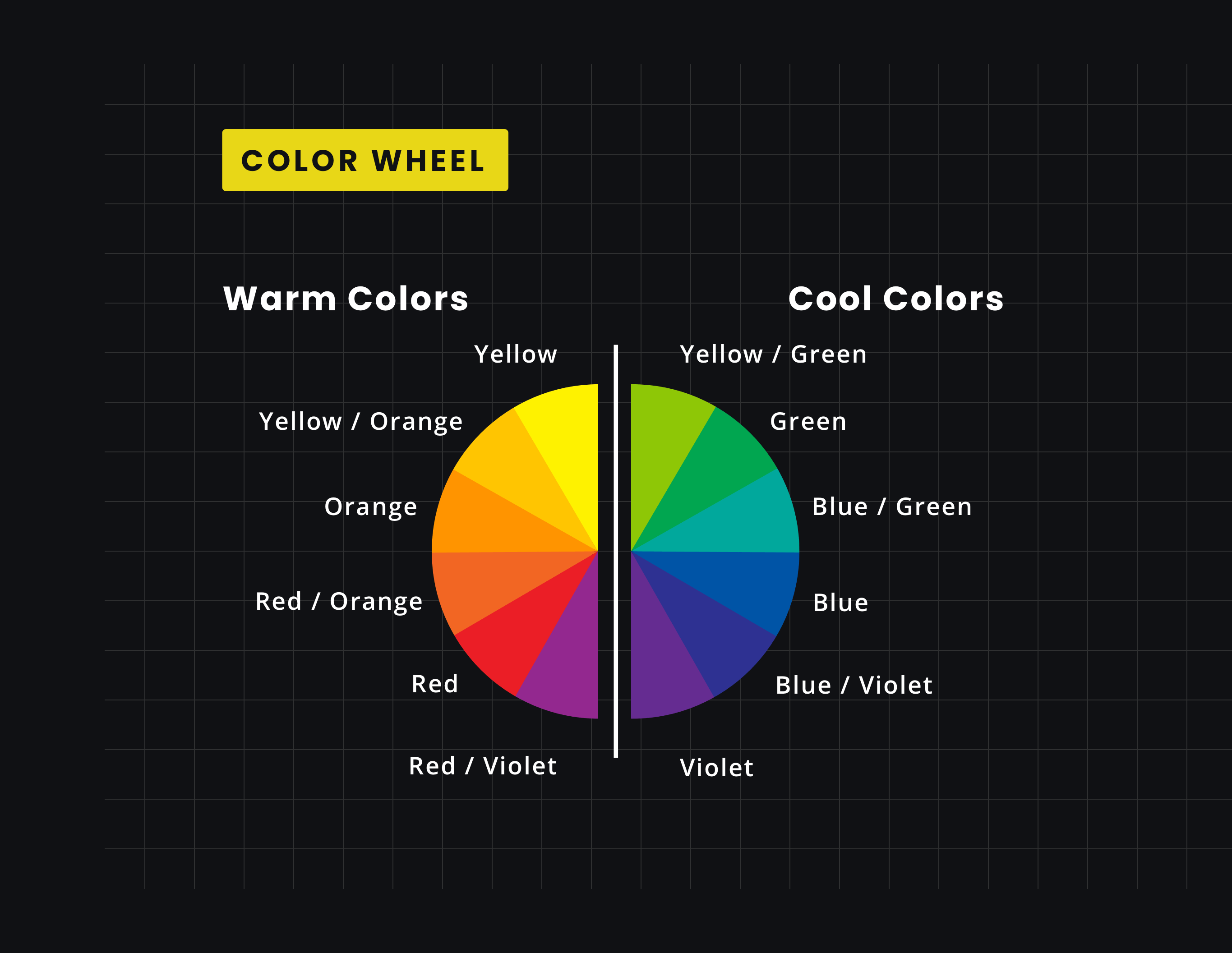
Color Wheel • Warm vs Cool Colors
This understanding of warm and cool colors is rather rudimentary and, of course, there is always room for interpretation. But many filmmakers rely on this relationship between color and actual temperature.
Here is an example of color temperature from the film O Brother, Where Art Thou? It’s important to note that this shot was modified in post-production but these are examples for illustrative purposes only. Notice the warmer color temperature in this shot and the feeling it evokes in the viewer.
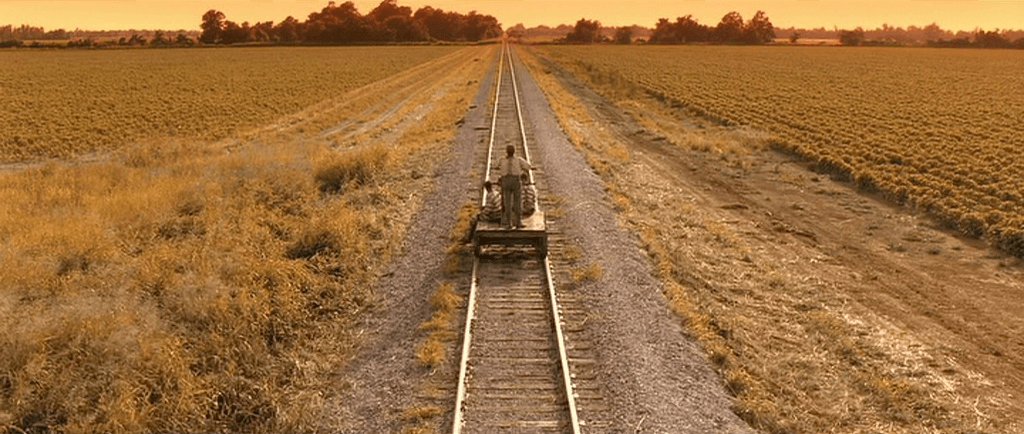
Color temp in O Brother, Where Art Thou?
Here is an example of a cooler color temperature (again, enhanced in post-production) from the film Moonlight. Note the clear difference in feeling when seeing this shot from the warmer one above.
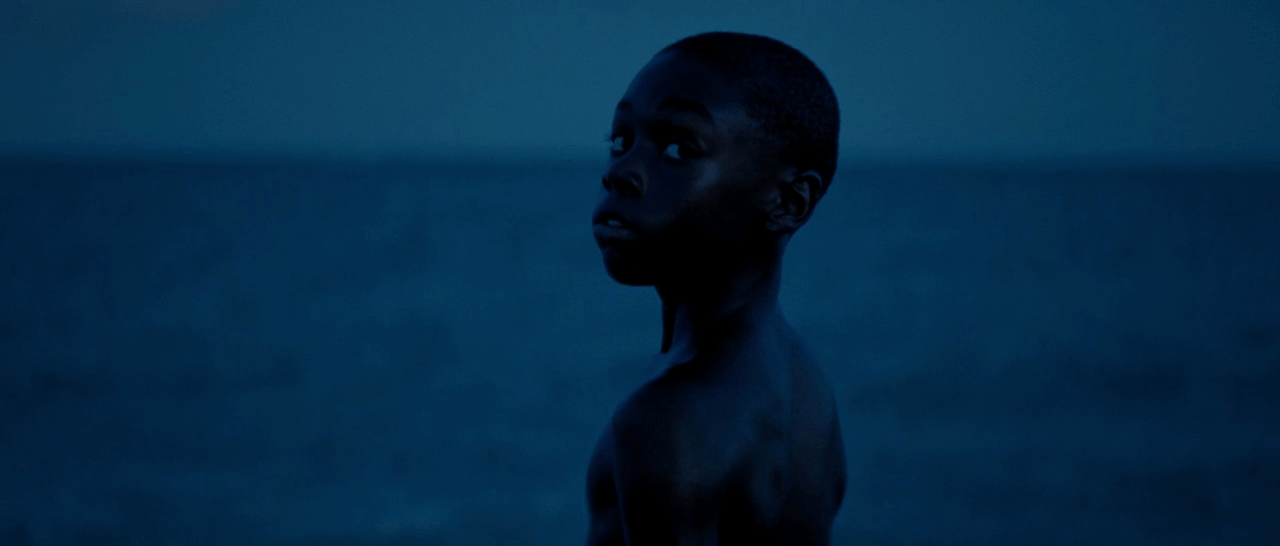
Color temp in Moonlight
Using color temperature to suggest literal temperatures like hot and cold are one thing. But in the next section, we'll review some ways filmmakers use color creatively to help give nuance to their visual storytelling.
Color Theory
Why color matters
Cinematographers and photographers are constantly using color to help tell their stories. And this is largely executed using color theory. The basics of color theory suggest that each color psychologically means something (or many things). For example, one connotation for the color green is vitality but in other contexts could suggest sickness.
Color Theory in Film • Subscribe on YouTube
These days, there are tools that can easily manipulate elements like color in the editing process. However, it's always advised to try and get the desired base colors in the moment, on set or in the studio. This makes the manipulation much easier. In the next section, we'll talk about how to fix white balance using DaVinci Resolve.
Color Temp in Post
How to fix white balance in post
If you realize that some of your shots aren’t properly white balanced, there are ways to color correct the wrong white balance in post-production. It’s important to remember that color correction vs. color grading is very different from working with light temperature on set. Even though these two processes go hand-in-hand.
For clarity, here is a great video by Casey Faris on how to color correct the wrong white balance using DaVinci Resolve.
How to Fix White Balance! • DaVinci Resolve Color Correction
Understanding color temperature is great to affect the overall feeling of a shot but also specific aspects of a shot such as adding highlights.
What is color temperature
How to add color highlights
Color through lighting is a great way to implement different color palettes
into a shot. Understanding color temperature is essential for implementing these techniques using color theory.
If you wish to add cooler or warmer color highlights to your shot, here are the steps you need to take.
Set up your initial lights
The first thing you want to focus on when lighting your scene is exposure. How bright or dark will the scene be, how will light be shaped, where shadows will be placed, etc. These lights primarily aim to create the exposure you desire.
Set your white balance
In a traditional three-point-lighting setup, the key light will typically be what you adjust your white balance to. This will make most of the exposure in your shot appear natural and realistic.
Set up colored light sources
Once you have your primary lighting setup established and your white balance set, you can start adding color highlights. Do this by adding smaller light sources either above or below your white balance color temperature.
If you want warmer color accents, use light sources below your set white balance such as candle lights. If you want cooler color highlights, use light sources above your white balance. You can use things like gels to change the color temperature of your light sources.
Gels are a physical medium you can shine light through that alters the color temperature of that light. There are four types of gels: CTB (color temperature blue), CTO (color temperature orange), Plus Green (green) , Minus Green (magenta). The best way to learn about gels and their effects is by visually seeing how they alter color.
To do this, take a look at this video below by DSLR Video Shooter.
What are Gels in Filmmaking? • Color temp
To balance different light sources with the gels you use, it’s important to know initially what the color temperature of the light sources is that you are using. Each light has a CCT or Corrected Color Temperature rating.
While color grading can deeply change the color temperature of a shot in post-production, understanding color temperature when shooting gives a colorist the best footage to work with.
That being said, there is plenty of control over color temperature in the color grading process.
Set up colored light sources
Filmmakers often work with colorists to really nail down the visual tone a shot or scene has through color. Of course, not all of us are professional colorists and can afford to collaborate with professional colorists. This is where LUTs are valuable.
A LUT (known as Lookup Table) is a term used to describe a predetermined array of numbers that provide a shortcut for a specific computation. In the context of color grading, a LUT transforms color input values (camera) to your desired output values (final footage). LUTs can be a more accessible way to control the color temperature of a shot to better tell your story.
In this post, we found some amazing resources where you can download LUTs.
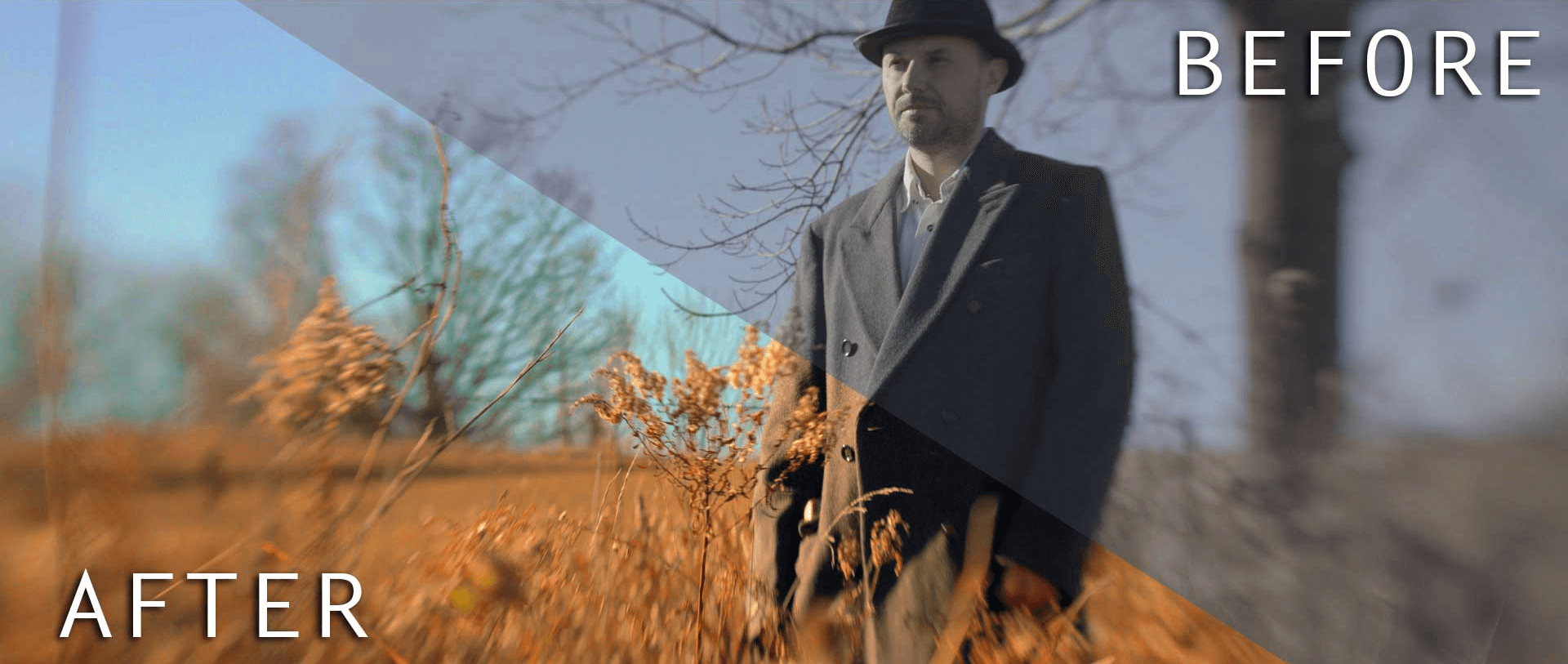
What is color temperature in film?
When shooting, accurately accounting for the color temperature of a shot given your light sources will minimize the color correcting you will have to do in post-production, and give you the best foundation for color grading your images that execute your creative vision.
That said, color temperature is a filmmaking tool and technique to keep in mind from production all the way through post-production to have the best control over it in your film.
Related Posts
UP NEXT
Mastering the Exposure Triangle
Color temperature and white balance are among the fundamental technical aspects that anyone operating a camera should understand. Arguably even more important is the exposure triangle. In our next article, we break down the exposure triangle and analyze each component so that you can master your camera settings and don't forget to grab your FREE eBook: The Complete Guide to Exposure!
Up Next: Download Exposure Triangle Ebook →
Showcase your vision with elegant shot lists and storyboards.
Create robust and customizable shot lists. Upload images to make storyboards and slideshows.